But when the car crossed the steep mountain passes, reaching Muong Bang, everything seemed to calm down, the heat instantly disappeared. That is why the Thai and H'Mong people here are always proud of their homeland with rich forests, many natural rock areas with layers hundreds of meters thick and extremely unique indigenous culture...
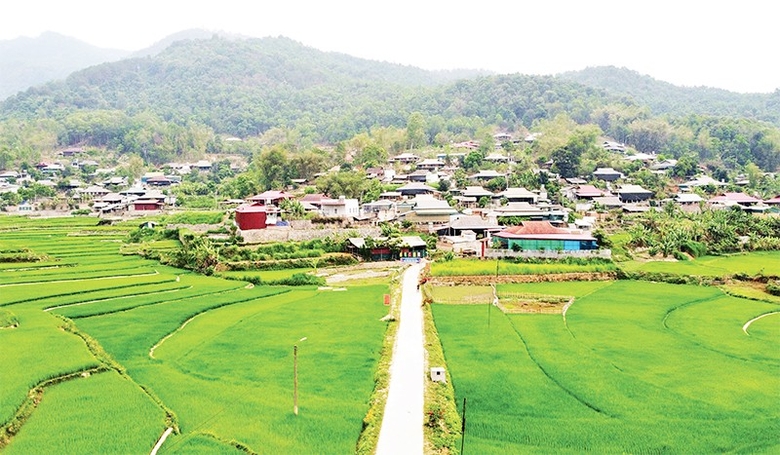
Phai Tung village, Muong Bang commune, a bright spot of community tourism.
The highlight of the locality is preserving the cultural identity, cuisine, and traditional occupations of the ethnic groups living together in the area. With a cool climate, majestic and pristine nature with ancient pine forests, cloud hunting spots, and many folk festivals displaying unique folk songs and dances, Muong Bang makes visitors who have visited once want to return.
Make the hot soil "bloom"
Muong Bang commune has 3/4 of its natural area being hills and high mountains with steep slopes, 1 km from the center of Tua Chua district. The commune is densely populated, with a total of 1,157 households, 5,911 people, six ethnic groups: Kinh (0.6%); Thai (25.2%); H'Mong (65.1%); Kho Mu (8.5%); E De (0.3%) and 0.08% of other ethnic groups living in 13 villages, of which 10 are highland villages, 3 are lowland villages.
The poetic image of Muong Bang that has been spread throughout the past time is the winding, shimmering flower roads leading to the villages. On this occasion, the flowers of the Ban, Bauhinia and other flowers are only scattered, dotted on the branches, but the peaceful beauty of the land is still intact and full of charm.
The inter-village road is in the process of completion, making the people even more excited. It is a mark of determination and solidarity to move towards civilization and development. Commune officials said that all households related to the road voluntarily donated land so that the common project of the village and commune could be completed as soon as possible, most beautifully, bringing convenience to the people and welcoming visitors from afar.
In recent years, identifying community tourism as a potential development direction, Muong Bang commune has selected a number of lowland villages and hamlets such as Phai Tung and Tien Phong to build cultural village models to attract and better serve tourists.
Up to now, along with the implementation of the homestay model to serve the dining and resting needs of domestic and international tourists, many households have proactively upgraded and renovated their stilt houses in a way that both meets the needs of tourists and preserves the traditional cultural identity of their people. In the two villages mentioned above, the Thai ethnic group accounts for a high proportion. When coming here, tourists will be able to explore and experience the actual life and production of the Thai people; directly participate in food preparation, cultural and artistic exchanges, and enjoy local cuisine...
Phai Tung village has four households operating accommodation services: Lo Van Giot (Homestay Phuong Dong), Mao Van Bon (Homestay Bang An), Dieu Chinh Thuy (Homestay Quoc Khanh), Lo Van Quyen (Homestay Quyen Choi). Stopping at the homestays one by one, we felt the spaciousness of the houses, the sanitary facilities as well as the investment in decorating with ornamental plants and traditional items for the people's lives. Although they have only been in operation for a short time, the homestays have welcomed many groups of guests, in which the satisfaction through feedback is the airy, fresh space and rich cuisine.
Leaving Phai Tung, we followed the commune cadres to Sung Un village - the main gathering place of the H'Mong people, and also the pride of the people because here there are famous panpipe artists of the Northwest. From the steep and steep road across the village, we heard the soulful and resounding panpipe melody. When asking the locals, everyone pointed to a house with a wisp of smoke from the kitchen, in the distance we could see the silhouette of a H'Mong woman diligently embroidering bright green and red patterns under the warm sunlight. That is the house of the young artist Chang A Vang (born in 1985).
While inviting guests into the house, he boasted: "I know so many Khen songs, I can't count them all, I can't play them all." His father - Mr. Chang A Phong - is also a Khen maker and Vang's younger brother, Chang A Chu (born in 2001) is continuing the family tradition. He said that he started making Khen when he was 10 years old. He made the Khen while playing the Khen. When he was sad, he played sad tunes, when he was happy, he played happy tunes, and whenever there was a ceremony in the village, he brought the Khen to play. Nowadays, there are not many people who know how to make Khen, and even fewer who can play songs related to rituals and beliefs.
The Mong flute is unique in its shape, structure and resonance. Each Mong flute usually has 6 tubes made from a type of bamboo mounted on a hollowed-out gourd made of po mu wood, connected by resin and wild peach bark. The most important detail is the "reed" made of bronze, which only skilled craftsmen can create sharply and precisely, so that the sound of the flute is at its best.
Every stage of making a Khen is handmade, there is no common standard. The artisans measure by hand, look with their eyes and feel it. To have a satisfactory Khen, to play the Hmong folk songs correctly, requires dexterity, patience, experience and talent. Wherever they go, Hmong men always carry their Khen with them. Khen also appears during Tet, when spring comes when apricot, plum and Bauhinia flowers bloom all over the mountains and forests.
"A boy who plays the flute well and dances well will have many girls who like him," Chang A Vang winked mischievously at the visitor. At that time, his wife, Thao Thi Chu, was sitting embroidering by the kitchen. The kitchen looked out onto a vast space. On one side, the rice had grown green. On the other side, the fields that had just been burned still had smoke. Day after day, season after season, in peace and hope.
Chang A Vang happily boasted that during his free time, he makes 6-7 panpipes each month, each worth several million VND, some special ones cost more, and many times he goes all the way to Sin Ho (Lai Chau) to sell.
He was proud that in that remote place, there were households with seven men, all of whom knew about his panpipe. A short distance from Vang’s house, his younger brother, Chang A Chu, was carrying water from the stream to the house. Every dry season, the people worked hard and were patient like that…
Need to develop more diversity
Each ethnic group in Muong Bang commune has its own cultural identity. The most typical of these is the cultural identity of the H'Mong ethnic group with its annual spring festival, goat fighting festival, preservation of traditional crafts (forging, making panpipes, embroidery, etc.); folk songs and dances of the Thai and Kho Mu ethnic groups and a huge treasure trove of folk knowledge, including: writing, folk remedies, famous highland products (Mong Pe wine, rock mountain goat, armpit pig, black chicken, purple taro, dragon blood beans, etc.).
Awareness of all levels, sectors and local people about developing community tourism associated with new rural construction is increasingly being raised. However, the homestay model is still operating spontaneously, often not meeting the requirements of tourists and being friendly and in harmony with the surrounding landscape.
To develop a community tourism model associated with historical and cultural elements, it is necessary to ensure the participation of four subjects: people (directly building products, organizing customer services...), experts (consulting on models, product orientation, market, training...), the State (managing quality, scale, capital support, security...) and the cooperation of travel businesses (investment, fair profit sharing...).
According to experts, potential localities like Muong Bang commune that want to build a model of developing community tourism need to preserve the original, pristine, and authentic indigenous culture, because that is the core value of the community.
Actual surveys show that, in order to attract tourists to participate in community tourism, local people must maintain traditional local lifestyles, such as agricultural traditions, developing handicrafts, preserving the beauty of exchanging farming and livestock products, etc.
In difficult conditions, if community tourism must take advantage of the people's own facilities, the government needs to have policies to support loans, provide professional training, organize promotional programs, build products...
It can be said that in recent times, the community tourism model in Muong Bang commune, Tua Chua district has had positive developments, thereby creating a change in investment and tourism exploitation in the right direction. When there was a policy to organize community tourism tours, the local people were very interested and affirmed their support for investment in developing community tourism in their locality.
Most of the people are willing to let tourists stay in their homes. Not only is it economically valuable, the most important thing is that community tourism activities have helped people truly understand and appreciate the cultural identity of their own community because that is the capital for tourism development.
Source


![[Photo] Unique folk games at Chuong Village Festival](https://vstatic.vietnam.vn/vietnam/resource/IMAGE/2025/4/10/cff805a06fdd443b9474c017f98075a4)
![[Photo] Prime Minister Pham Minh Chinh chairs meeting to discuss tax solutions for Vietnam's import and export goods](https://vstatic.vietnam.vn/vietnam/resource/IMAGE/2025/4/10/19b9ed81ca2940b79fb8a0b9ccef539a)




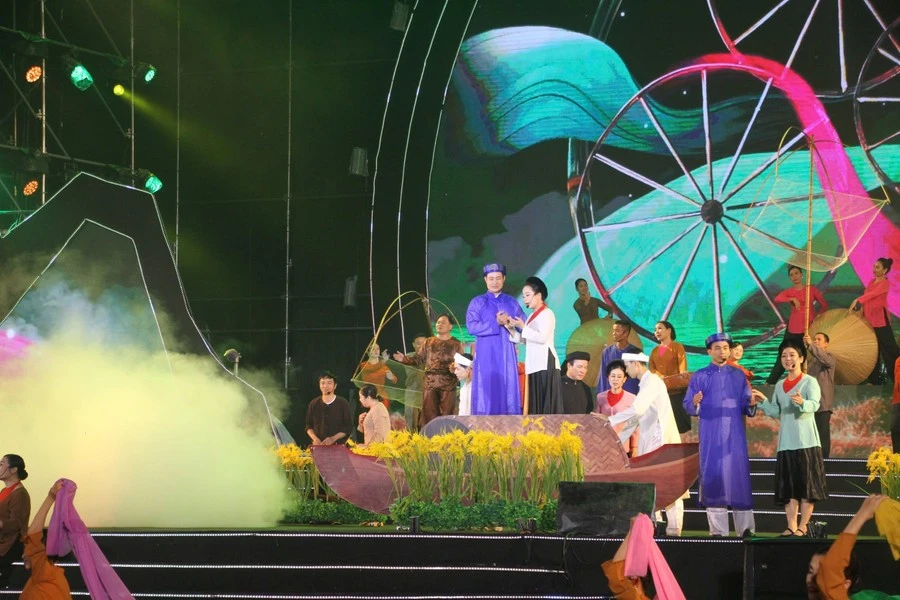

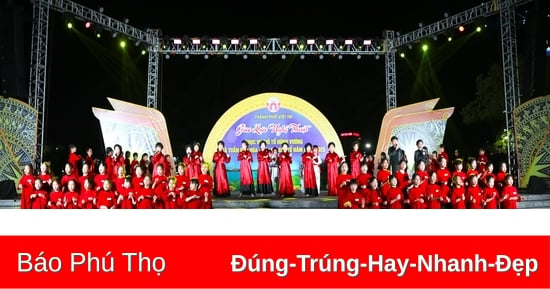
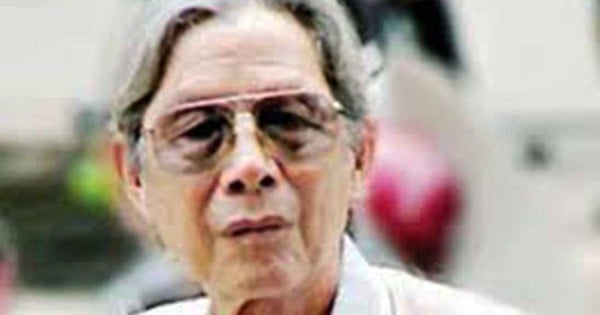



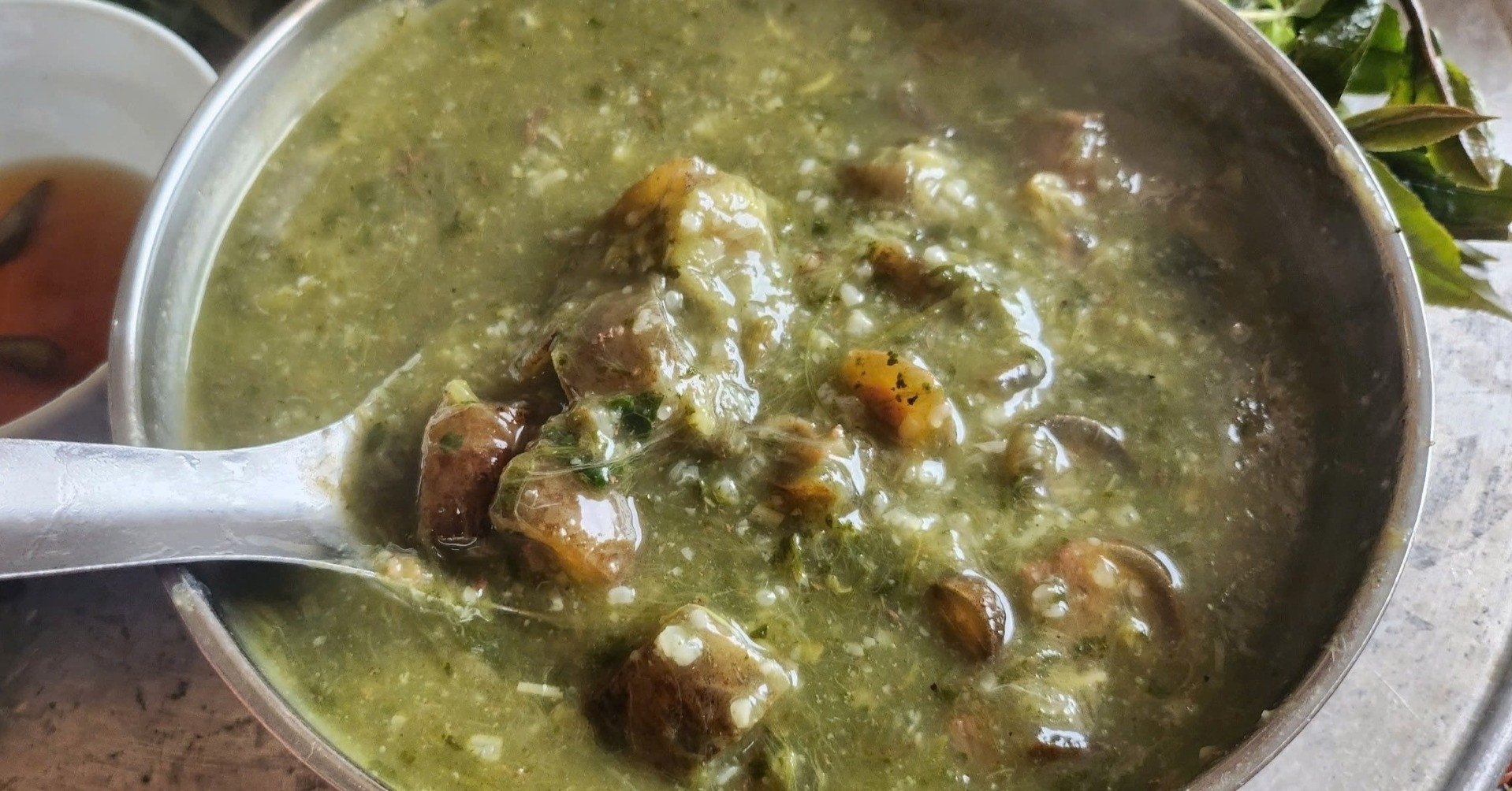

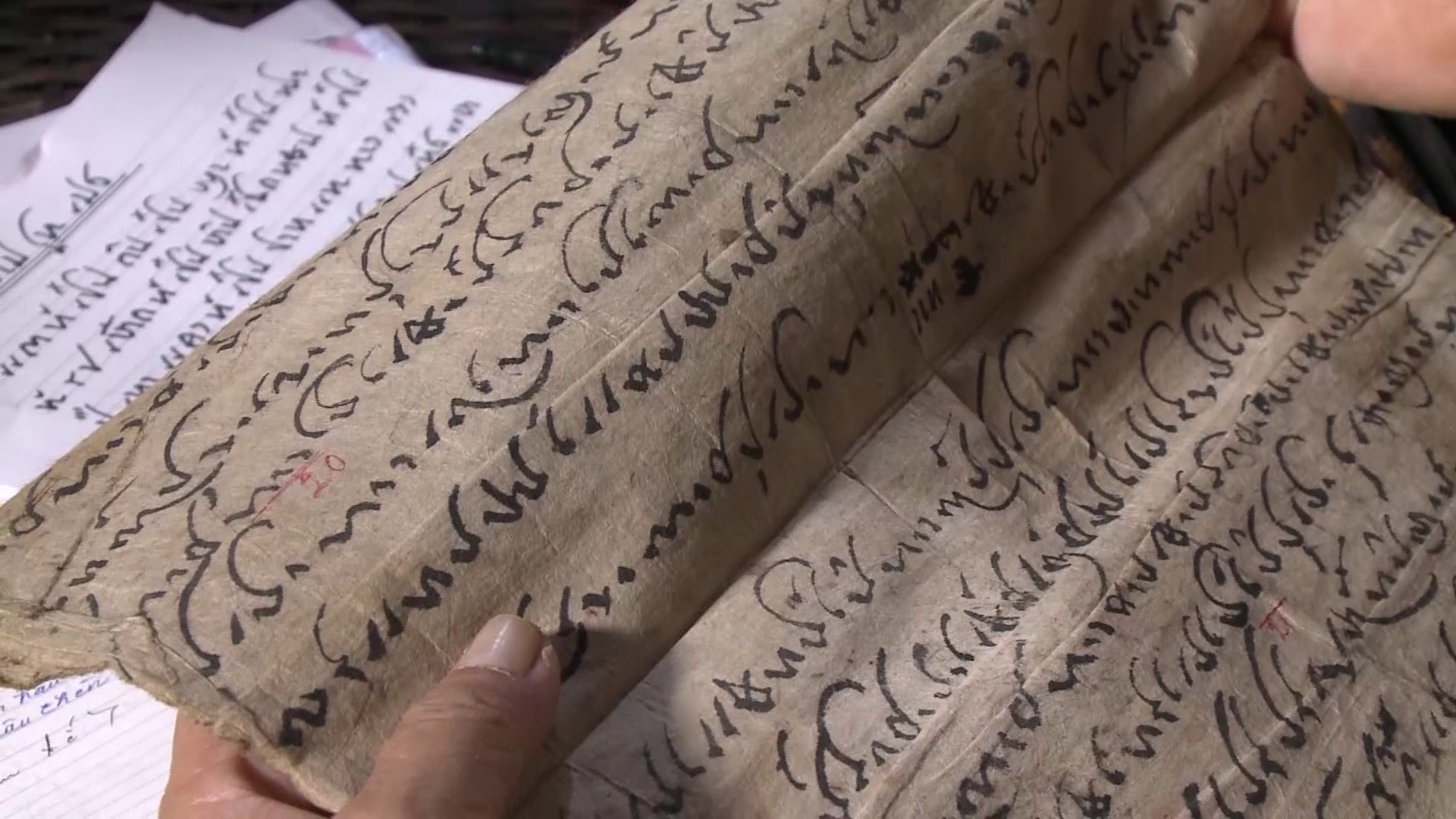

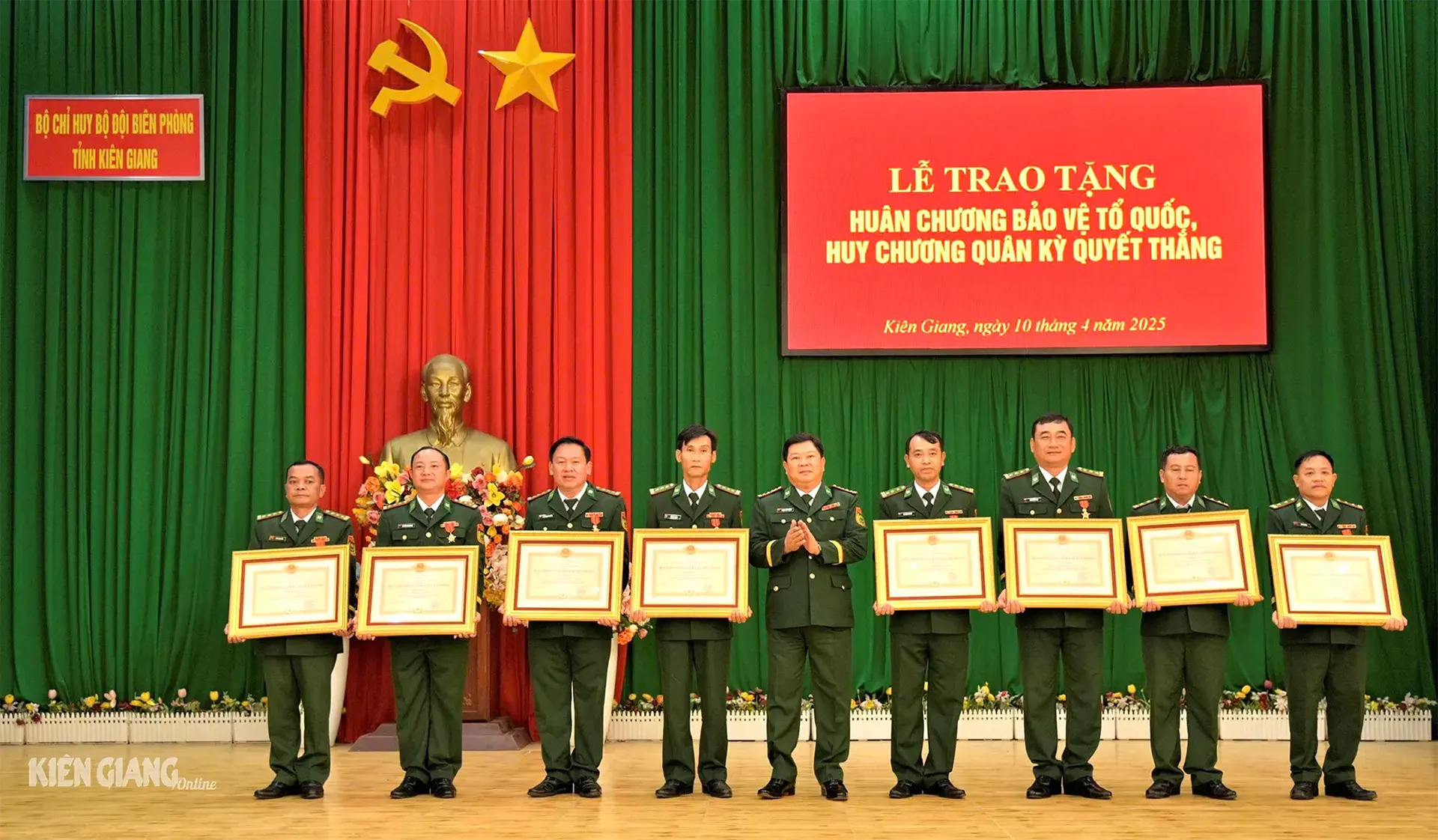
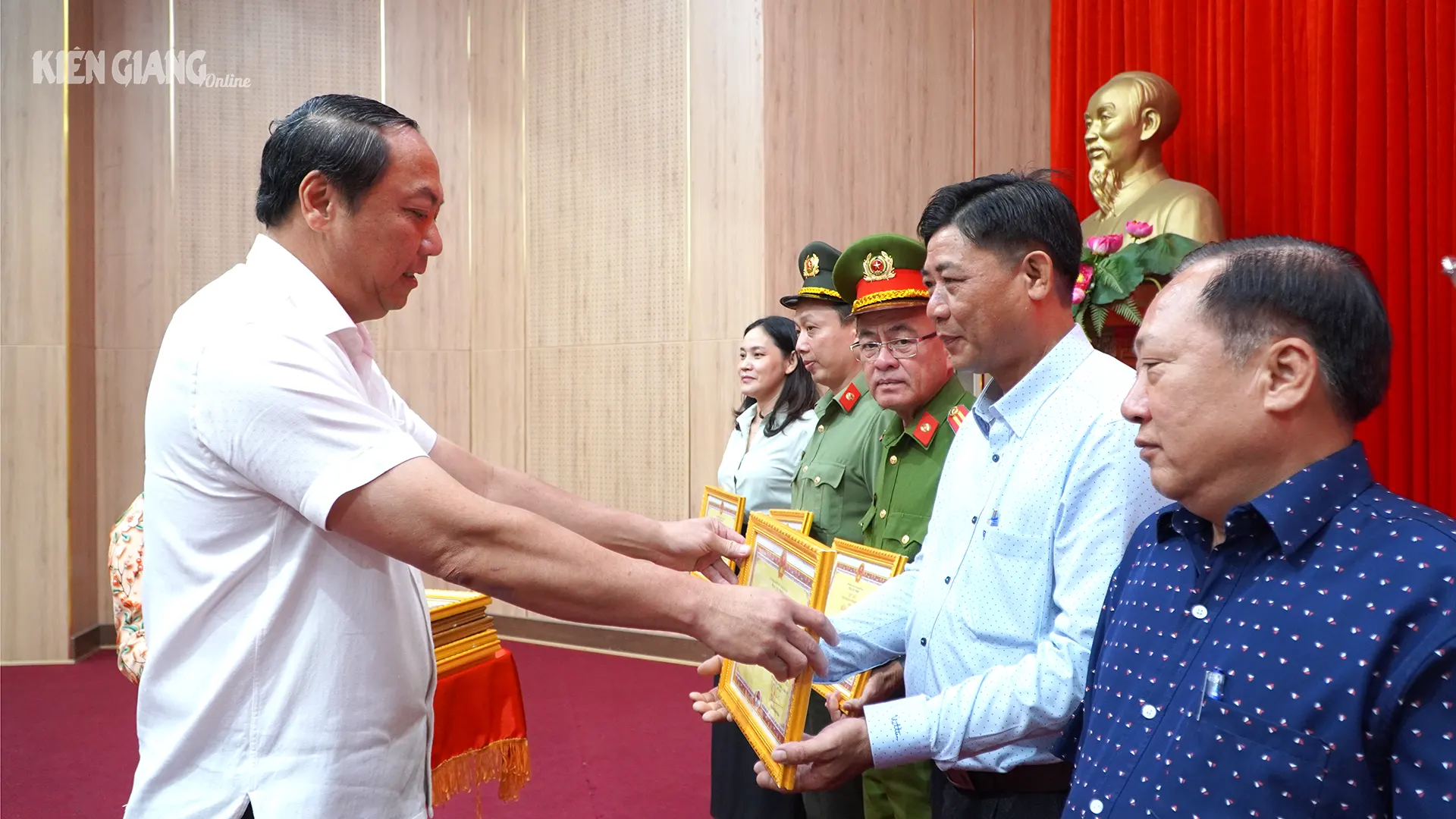
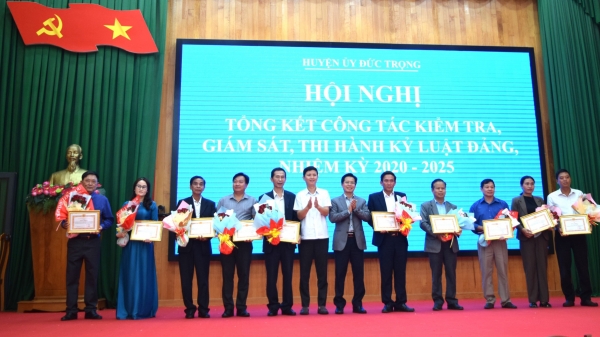


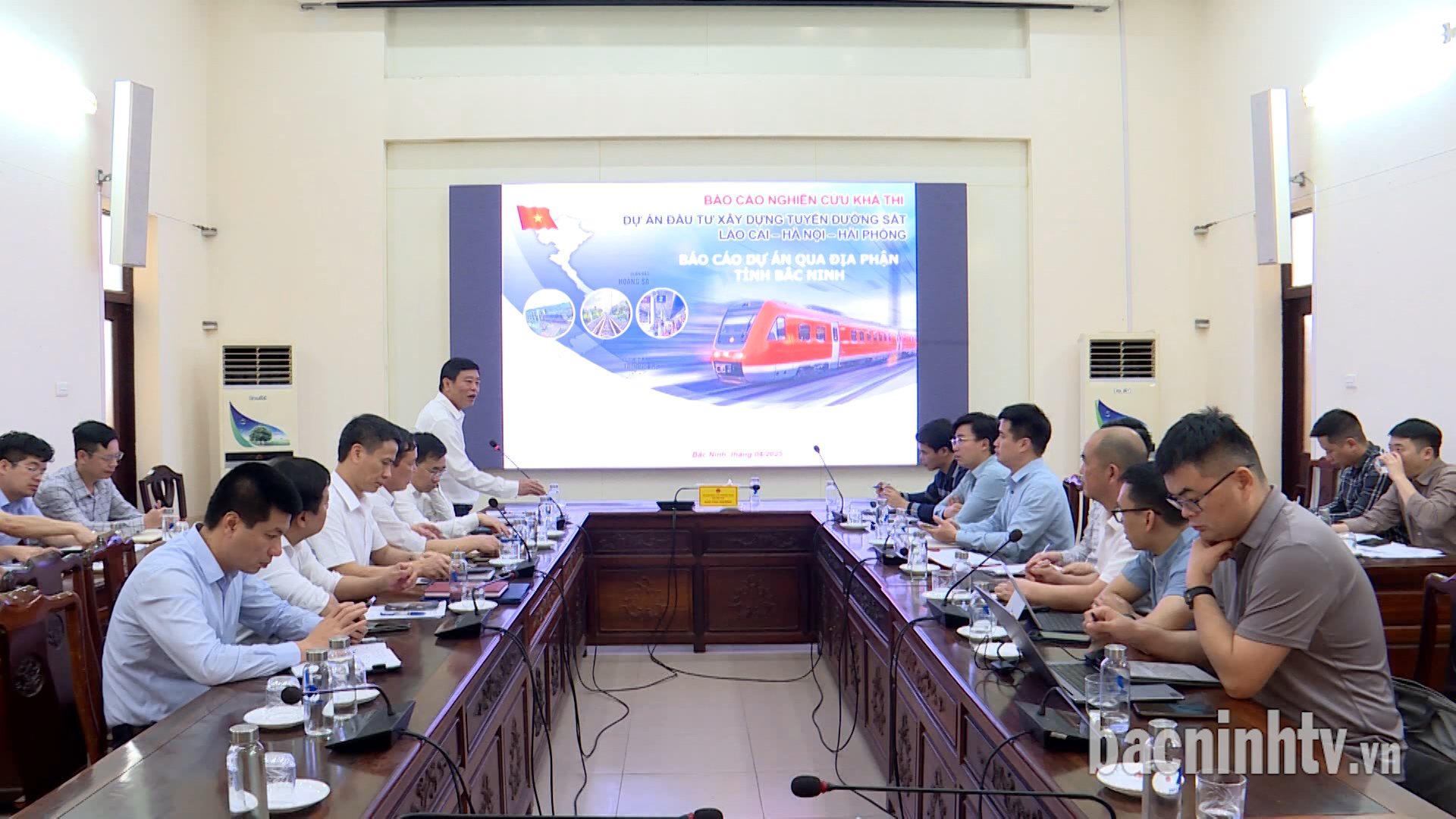





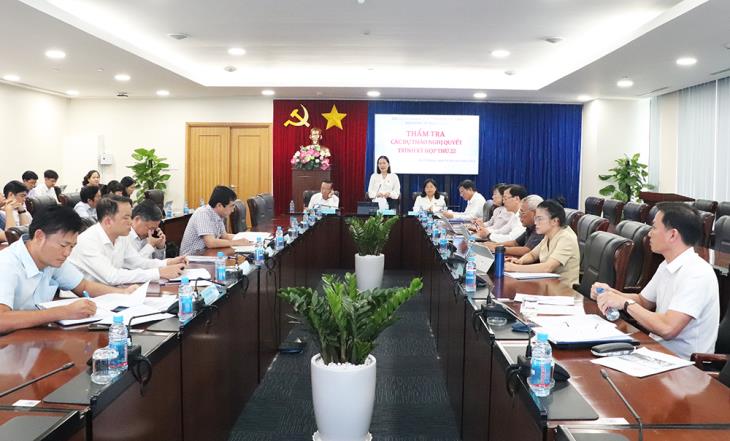


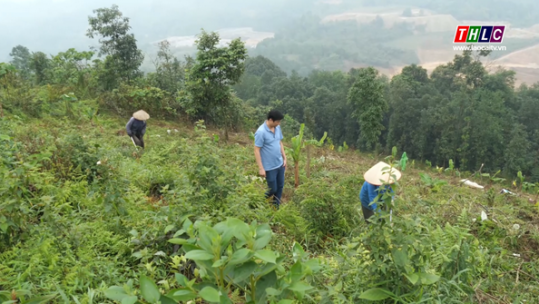
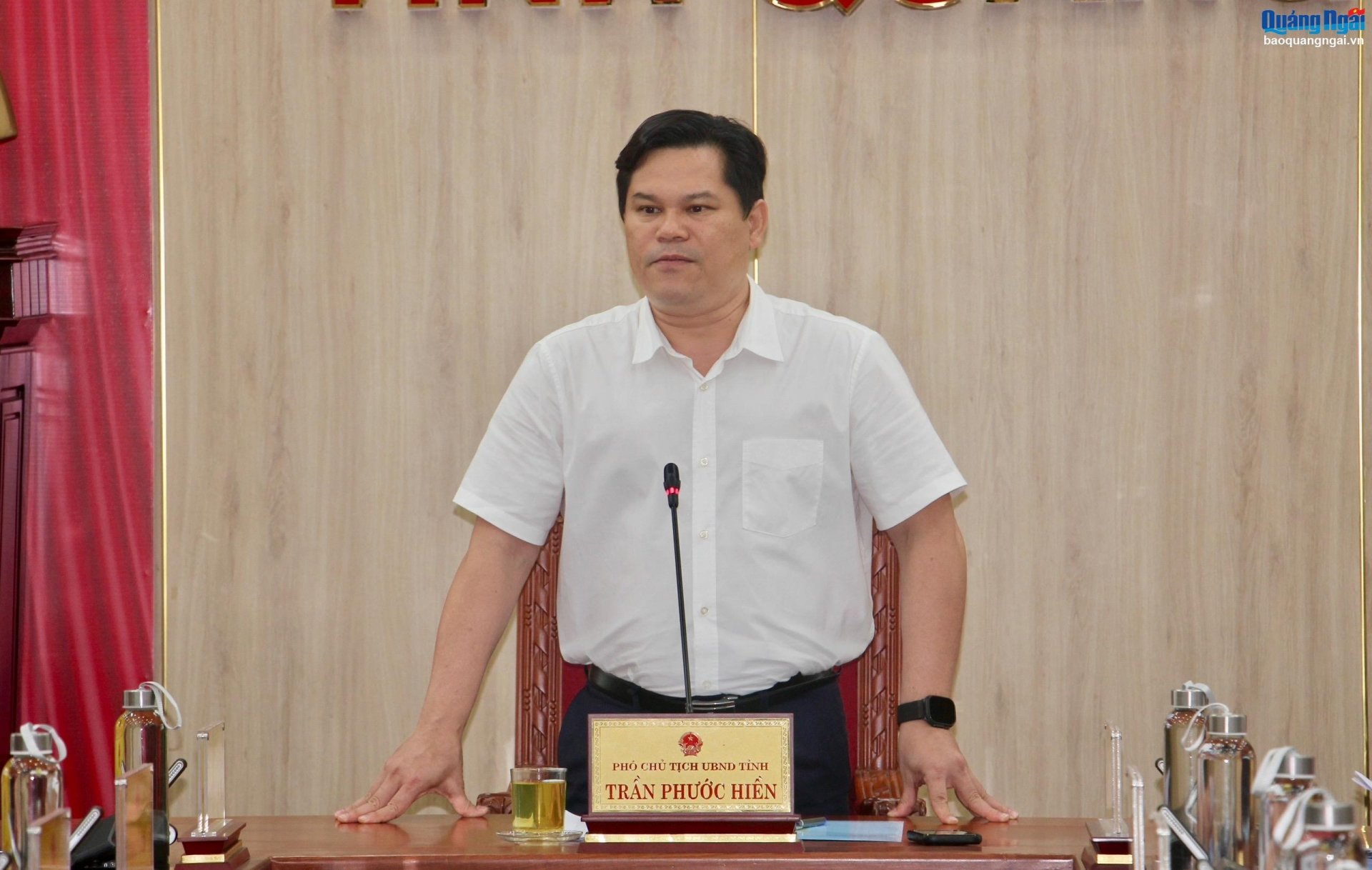















































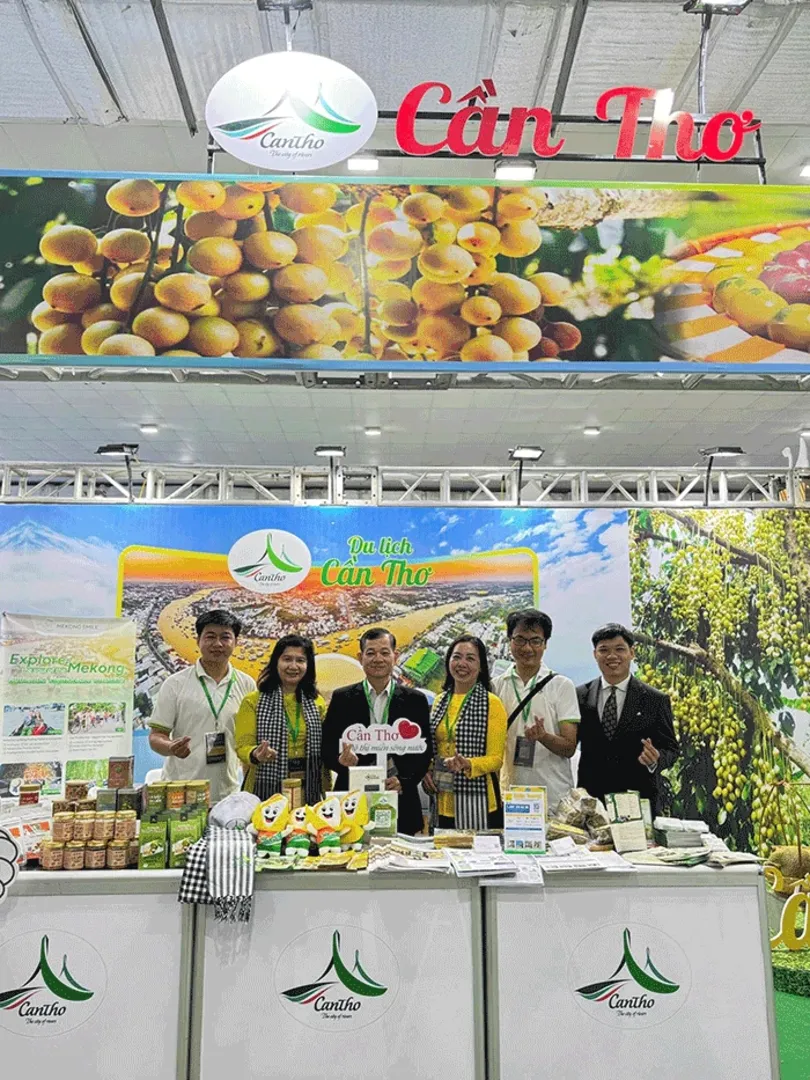

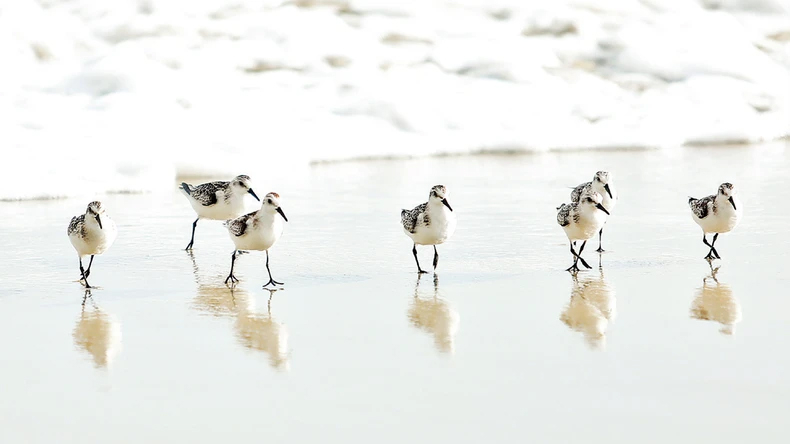



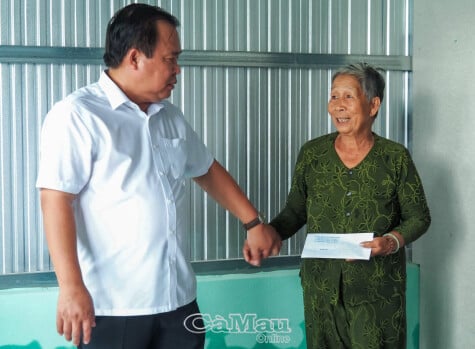










Comment (0)